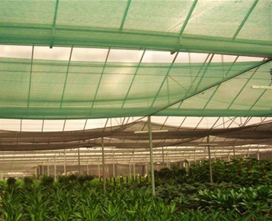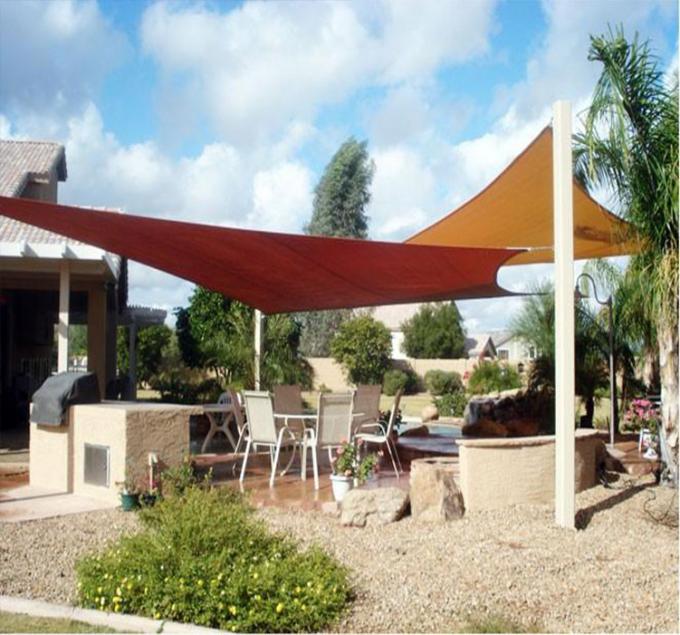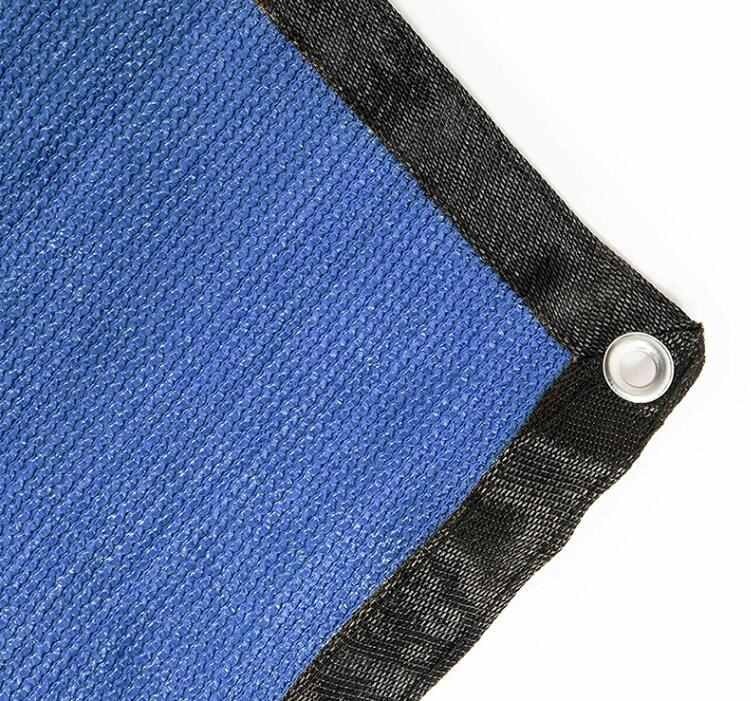First, the type of greenhouse film
Greenhouse film is generally divided into four categories: polyvinyl chloride PVC film, polyethylene pe film, vinyl acetate film EVA film and polyolefin po film.
1. Advantages of PVC film:
(1) After covering, the water droplets gathered on the inner surface of the shed film can flow to the corner of the shed along the slope, and the humidity in the shed is small, which can reduce the incidence of various diseases.
(2) There are no water droplets in the shed film, and the heat preservation is good, which is beneficial to the safe overwintering and rapid growth of shed vegetables.
(3) Anti-aging, generally usable for more than 2 years.
(4) Cheap price
2. Polyethylene pe film
Polyethylene pe film is divided into pe longevity non-drip film and pe longevity film, pe longevity non-drip film is also called pe longevity dripping film, has a certain dripping function, generally 3-4 months dripping validity period. PE longevity film, also called PE anti-aging film, has no dripping function.
advantage:
(1) Cheap price
(2) Environmentally friendly and non-toxic
3. Vinyl acetate EVA film
Advantages: good thermal insulation is its outstanding advantage, and it has the functions of aging resistance, high light transmission, dripping and anti-fog, and the material is environmentally friendly.
Generally, vinyl acetate EVA film is used in the cultivation of temperature-loving crops, and the general film is also changed every year.
4. Polyolefin po film
Advantages: outstanding droplet defogging performance, the duration of droplet defogging can be synchronized with the life of the film, high light transmission, heat preservation, and can be used for many years. The price is similar to eva film, but the function is more than eve film. The thermal insulation is not the same as the eva film, but the thermal insulation performance can be increased by adding thermal insulation agents.
At present, po film is more and more favored by shed farmers.
Second, the transparency of the greenhouse film
The general requirement for transparency is more than 85%, but it is not that the higher the transparency, the better. The transparency of the greenhouse film is high, and the sunlight entering the greenhouse is more energy, which is conducive to the growth of light-loving crops, but the direct sunlight will also damage the crops. Adding an appropriate amount of diffuse scattering agent to the greenhouse film can reduce the transparency and help the greenhouse to keep warm at night, and the greenhouse film can diffusely reflect the sunlight entering the greenhouse, so that the greenhouse can obtain light energy evenly in all directions.
Third, the thickness of the greenhouse film
Although reducing the thickness of the shed film is beneficial to reduce the cost of the greenhouse, the thickness of the shed film is directly related to the performance and service life of the shed film, and only the shed film with a certain thickness can be used normally. The following points can be used for reference when purchasing shed film thickness: the use period is 12 months, the thickness of the shed film is 0.08mm; the use period is 24-36 months, the thickness of the shed film is 0.12-0.15mm; The thickness of the film used in the greenhouse should be more than 0.15mm.
Fourth, the service life of the greenhouse film
At present, the longest lifespan is about 5 years, and it is generally recommended to use it continuously for three years, because the long time is not conducive to the disinfection and improvement of the soil, and the loss of light transmittance is too much. At this time, even if the shed film is not damaged, the shed film should be replaced.























